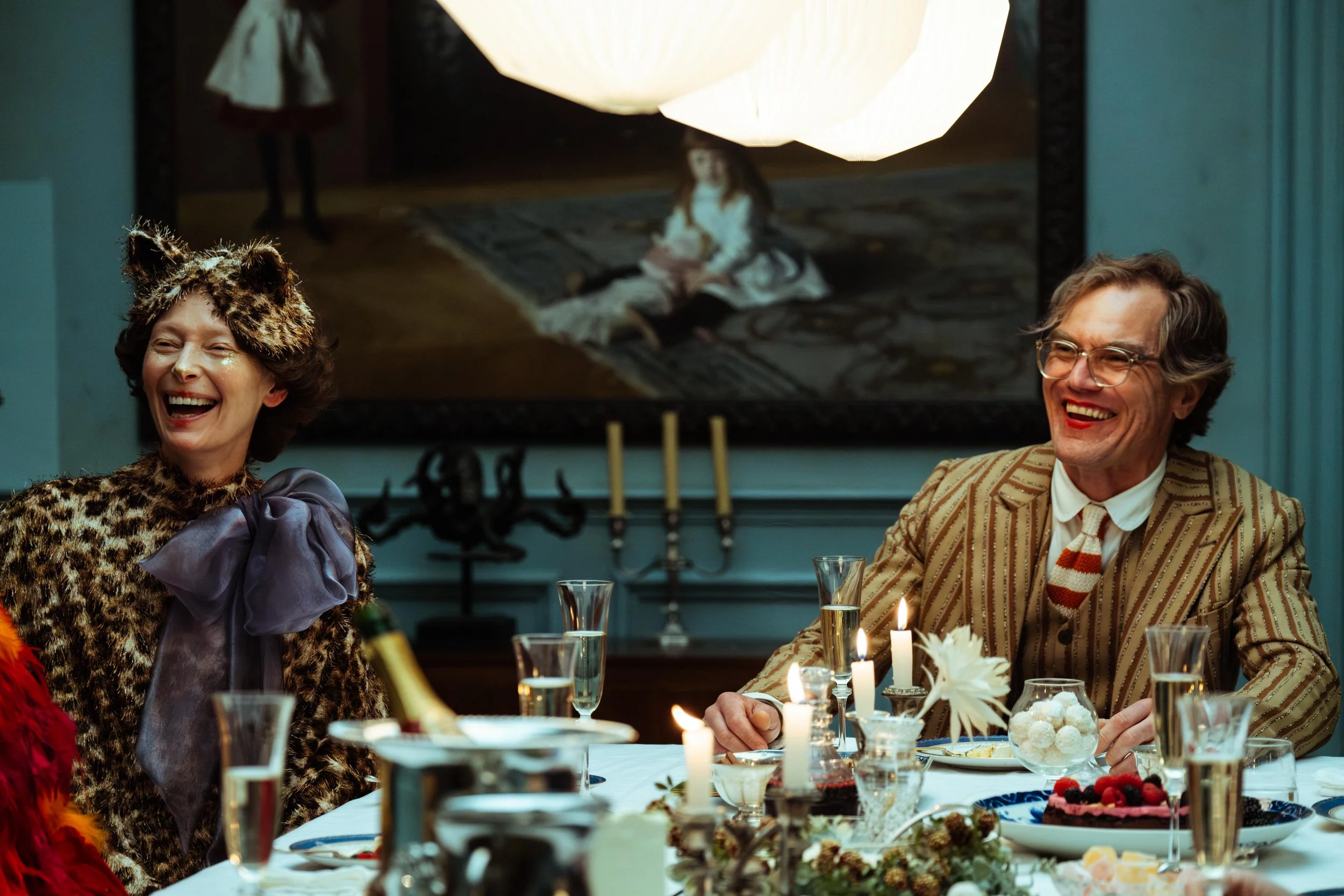Review: "The Lord of the Rings: The War of the Rohirrim" delivers amazing visuals in a so-so story of a woman at war
There are undoubtedly dozens of stories from Middle-Earth, the realm J.R.R. Tolkien created in his books, that could be adapted into films.
So it’s slightly puzzling that in “The Lord of the Rings: The War of the Rohirrim,” the folks who keep Tolkien’s works alive on film — Peter Jackson and Fran Walsh are among the executive producers here, and their writing partner Philippa Boyens shares screenplay credit — have put their time and effort into a somewhat lackluster narrative.
Fortunately, this bit of Middle-Earth lore is beautiful in its telling, a deeply detailed Japanese anime look devised by a crew led by director Kenji Kamiyama, whose career began as a background artist on the classic “Akira” in 1988.
The narrator — who, it turns out, is Éowyn, a character from Jackson’s trilogy (again played by Miranda Otto) — explains that this story takes place happens nearly 200 years before what’s referred to as “the War of the Ring.” It begins with the king of Rohan, Helm Hammerhand (voiced by Brian Cox), facing a challenge by a rival, a Dunlending lord named Freca (voiced by Shaun Dooley), who covets Helm’s throne.
Instead of a direct approach, though, Freca tries to negotiate an arrangement, where his son, Wulf (voiced by Luke Pasqualino), would marry Helm’s daughter, Hèra (voiced by Gaia Wise) — who, we learn, was a friend and fencing competitor with Wulf when they were kids. Hèra says she doesn’t want to marry anyone, and Helm refuses the deal because he doesn’t want Freca that close to the throne. Helm and Freca take it outside for a fistfight, where Helm’s one punch knocks Freca dead. Wulf vows revenge on Helm and his heirs: Hèra and her two older brothers, Haleth (voiced by Benjamin Wainwright) and Hama (voiced by Yazdan Qafouri).
Years later and Hèra sees Wulf again, and he’s still determined to exact his revenge — teaming up with a rival army to take down Helm’s kingdom and take his crown. While armies battle, Hèra figures out Wulf’s plan and leads an evacuation of the capital city, Erodas, for a nearby fortress, Hornburg. Soon, Wulf’s forces are preparing for a siege to starve Helm’s people during a bleak winter. Through all this, Hèra proves that she’s not only the fastest rider but shows the king that she’s as fearsome a fighter as her brothers.
Though the script — credited to four writers, including Boyens — is loosely based on Tolkien’s work, a viewer may see other influences. For starters, Hèra, with her red hair and superior archery skills, is more reminiscent of Merida in Pixar’s “Brave” than anything else. The revenge motivation is understandable, but feels a bit simple compared to the complexity of what Jackson so admirably adapted from the trilogy.
Kamiyama’s visual sense raises even this simple story, combining an epic scale with an emotional intimacy for its characters — particularly with Hèra, who must not only fight for Rohan but battle her father’s stubborn insistence that his daughter needs protecting.
“The Lord of the Rings: The War of the Rohirrim” is a reminder that animation can do anything other forms of filmmaking can. Now Kamiyama needs a story that matches the grand spectacle of the format.
——
‘The Lord of the Rings: The War of the Rohirrim’
★★★
Opens Friday, December 13, in theaters everywhere. Rated PG-13 for strong violence. Running time: 134 minutes.







